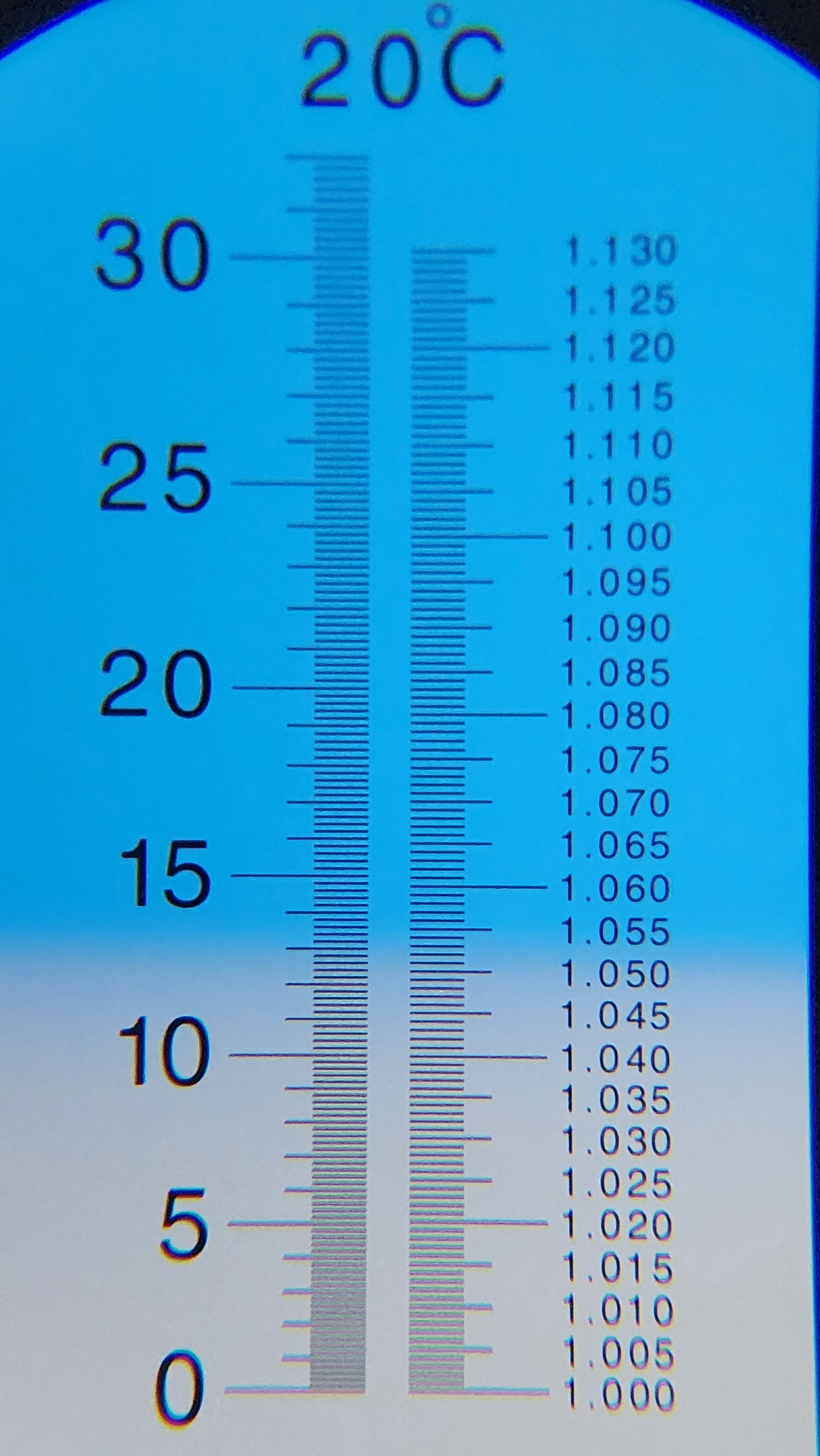Berk
Active Member
I'm about a week away from traveling for a full 30 days. I don't think fermentation will be complete when I leave so looking for recommendations on how to handle.
here are some details:
All grain
Mashed at 149f~151f
D180 and rock candy at flame out
OG 1.094
Currently 1.031
On 9/20 I pitched WLP530.
Initial fermentation temp 68f
Current temp 71f
Fermenter is an SS Brewtech Chronical
I guess I can go a few routes:
1) Maybe reach 70% attenuation Crash in 4 days for 3 days and rack to keg and forget about it.
2) leave it at 72f and come back In a month
3) Dump trub using dump valve, leave in conical at 72f come back in 30 days.
4) same as option 3, but reduce temp to some (?) lower temperature
5) don't dump trub, leave in conical but lower temp
Maybe something else I have not thought of?
Not really sure the best option. One fear is the airlock drying out while I'm gone.
here are some details:
All grain
Mashed at 149f~151f
D180 and rock candy at flame out
OG 1.094
Currently 1.031
On 9/20 I pitched WLP530.
Initial fermentation temp 68f
Current temp 71f
Fermenter is an SS Brewtech Chronical
I guess I can go a few routes:
1) Maybe reach 70% attenuation Crash in 4 days for 3 days and rack to keg and forget about it.
2) leave it at 72f and come back In a month
3) Dump trub using dump valve, leave in conical at 72f come back in 30 days.
4) same as option 3, but reduce temp to some (?) lower temperature
5) don't dump trub, leave in conical but lower temp
Maybe something else I have not thought of?
Not really sure the best option. One fear is the airlock drying out while I'm gone.





























![Craft A Brew - Safale BE-256 Yeast - Fermentis - Belgian Ale Dry Yeast - For Belgian & Strong Ales - Ingredients for Home Brewing - Beer Making Supplies - [3 Pack]](https://m.media-amazon.com/images/I/51bcKEwQmWL._SL500_.jpg)




























